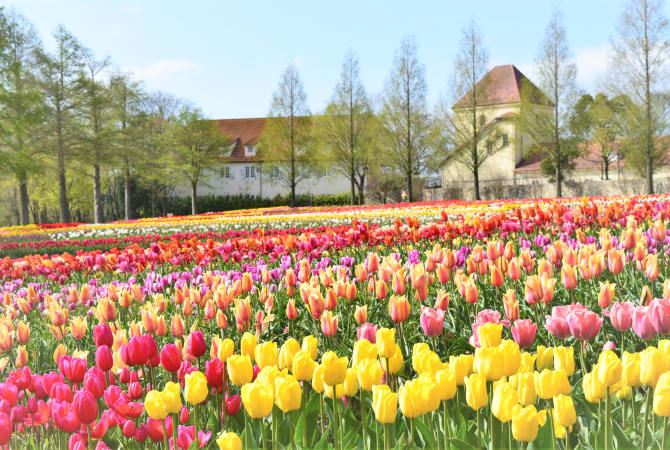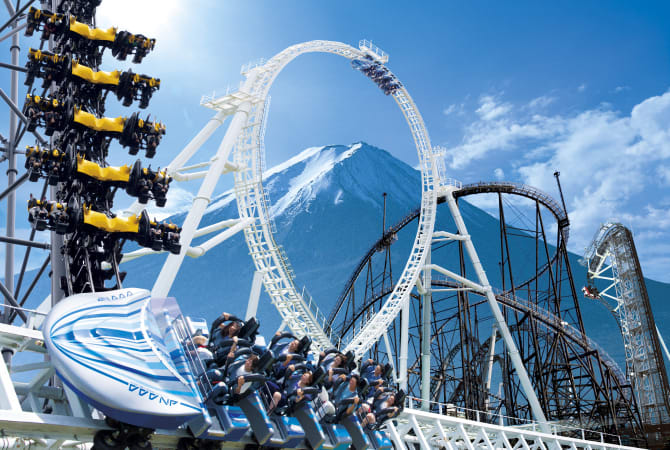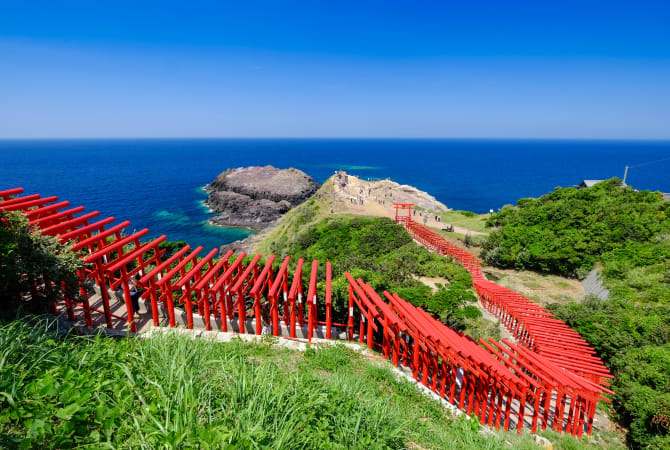Japanese Hot Springs That Will Leave You Completely Relaxed
The abundance of natural resources in Japan has allowed the country to have many relaxing and beneficial hot springs. Hence, if you plan on getting some rest and relaxation, or trying the healing benefits of these much-talked-about natural resources, then we know the places to be.
Here are five Japanese hot springs that will leave you completely relaxed and refreshed.
1. Zao Onsen (Yamagata)
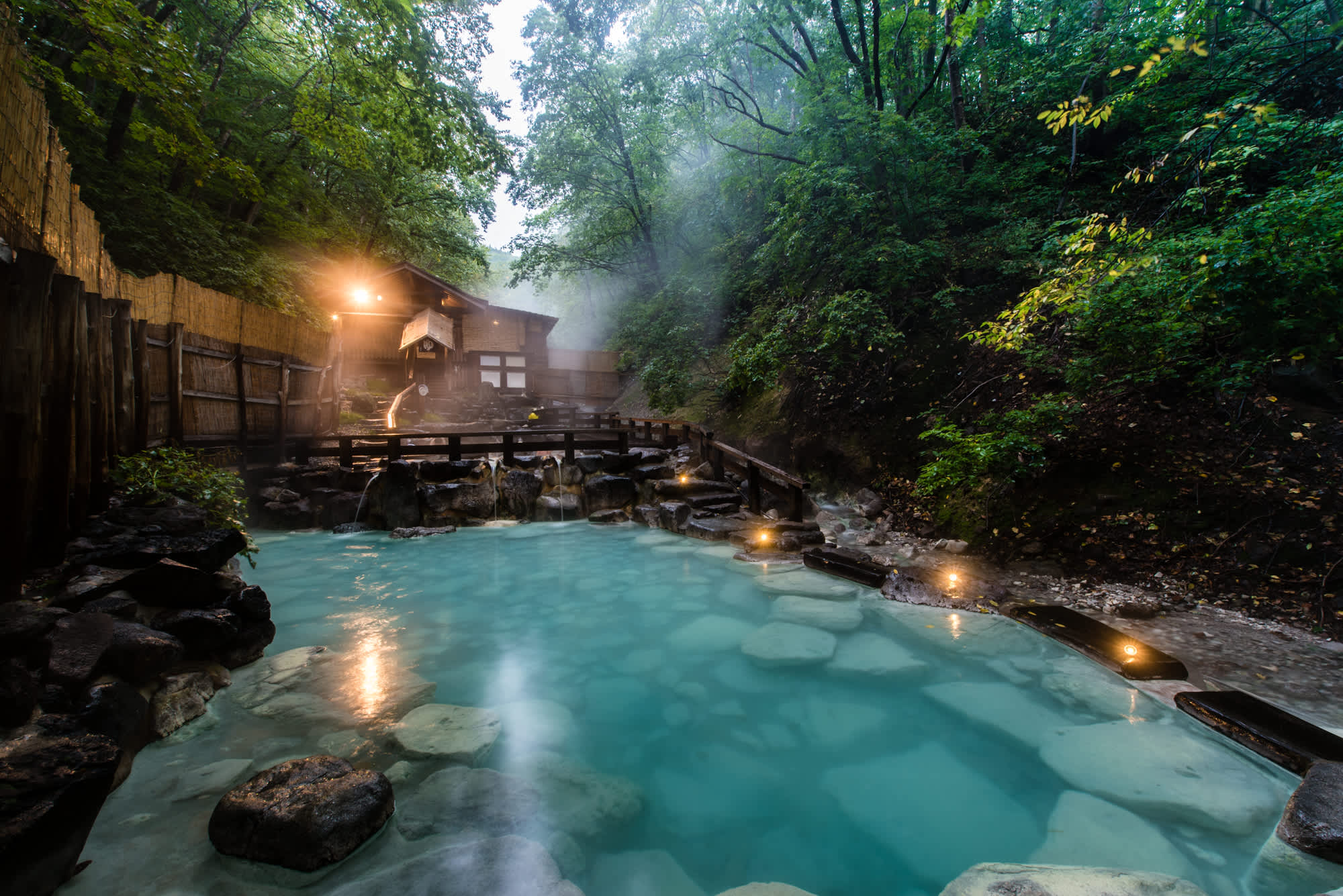
Discovered 1,900 years ago, Zao Onsen is located in Yamagata, in the Tohoku region of Honshu Island.
Situated near the volcanic Mt. Zao, the hot springs here are said to have a pH value of close to one, which makes them the most acidic waters in the whole of Japan. Given its water quality, it is no surprise that they earned the tag “springs of beauty” for their rejuvenating effects on the skin. Other reported health benefits include helping treat gastrointestinal issues and improving blood circulation.
There are many ways to experience the comforting warmth of these hot springs for there are a number of hotels, traditional public bathhouses, foot baths, and hot spring resorts in the Zao Onsen town.
2. Shirahone Onsen (Nagano)
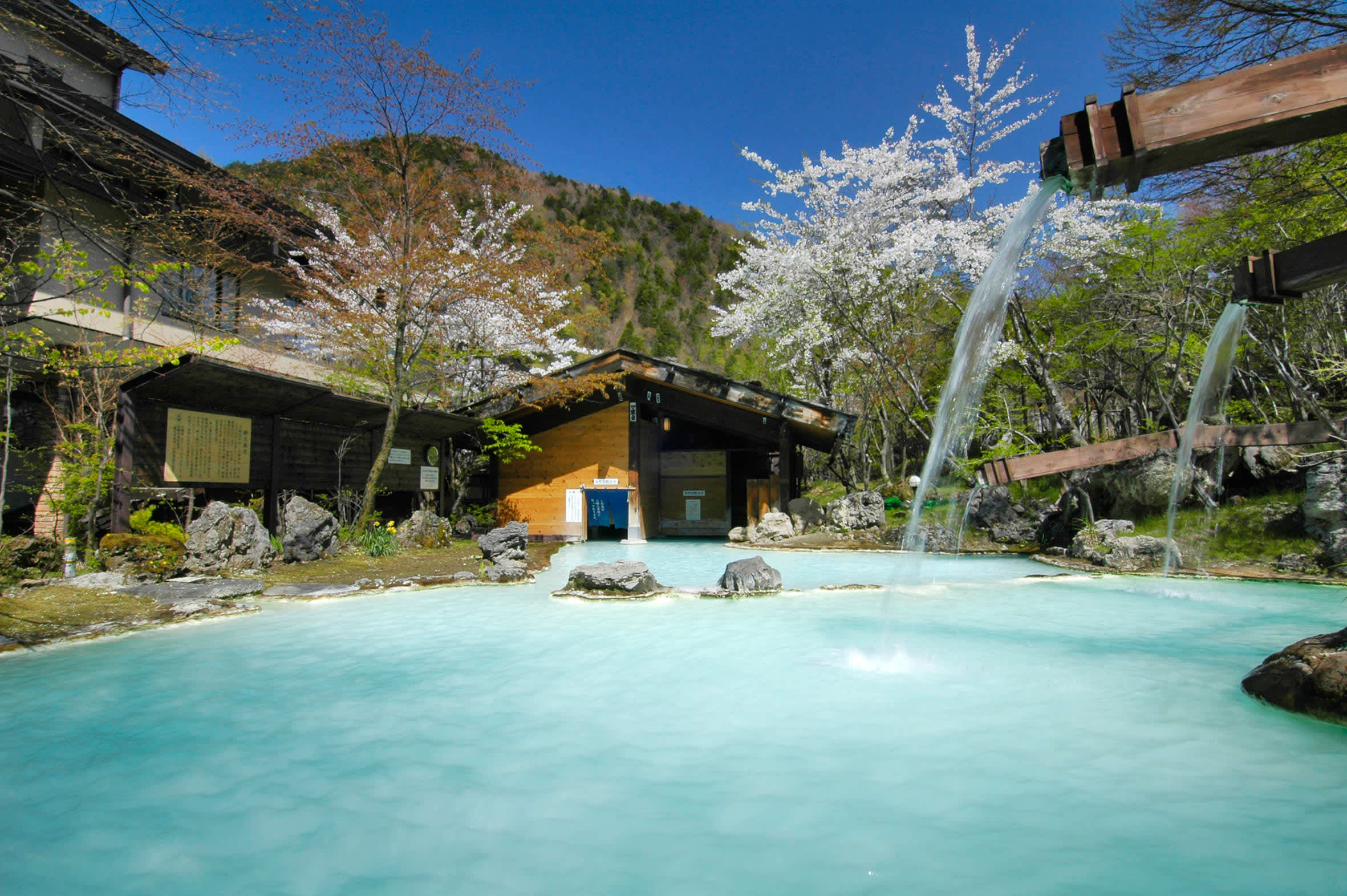
Famous for its “milky waters,” Shirahone Onsen, which translates to “white bone hot spring,” can be found in the sacred Norikura Mountain in Matsumoto City, Nagano Prefecture.
But why do the waters here turn milky? One explanation says that while the hot springs are naturally clear, the water turns white once exposed to oxygen as its calcium and hydrogen sulfide components dissolve. Because of its water properties, many believe that it could address a number of health issues. As such, bathing in Shirahone Onsen is known to help treat stress, fatigue, and gastrointestinal and gynecological problems.
There are several ryokan or traditional Japanese inns available should you wish to experience the healing benefits of this hot spring town in the Northern Japan Alps. There is one public bathhouse and some open-air baths as well.
3. Arima Onsen (Hyogo)

Arima Onsen is one of the oldest hot spring towns in Japan, located in Kobe, Hyogo Prefecture.
There are two types of hot springs here—Kinsen and Ginsen. Kinsen, or “gold water,” is reddish-brown in color and is said to contain iron which helps in treating skin problems and muscle pain. Ginsen, on the other hand, means “silver water.” It is colorless and contains radium and carbonate, which makes it helpful for those who have muscle and joint issues.
There are two public bathhouses in Arima Onsen. One is Kin-no-Yu, which uses the “gold water,” while the other is Gin-no-Yu, which uses the “silver water.” Other than those, there are many other ryokan or traditional Japanese inns in this area.
4. Kaike Onsen (Tottori)

Located in Yonago, Tottori Prefecture, Kaike Onsen is a saltwater hot spring town, most prominent for Thalassotherapy. Derived from the Greek words “thalasso” (sea) and “therapia” (therapy), Thalassotherapy makes use of the hot seawater to improve one’s health.
The hot springs of Kaike Onsen were said to be discovered by a fisherman during the 1900s after he noticed bubbles from underwater rising to the surface. And since seawater has a high level of salt, many believed that it has healing properties such as improving one’s metabolism and skin conditions, among others.
There are more than 20 hot spring spas to choose from when you come and visit Kaike Onsen. You can also choose to bathe in establishments with ocean views.
5. Kurokawa Onsen (Kumamoto)
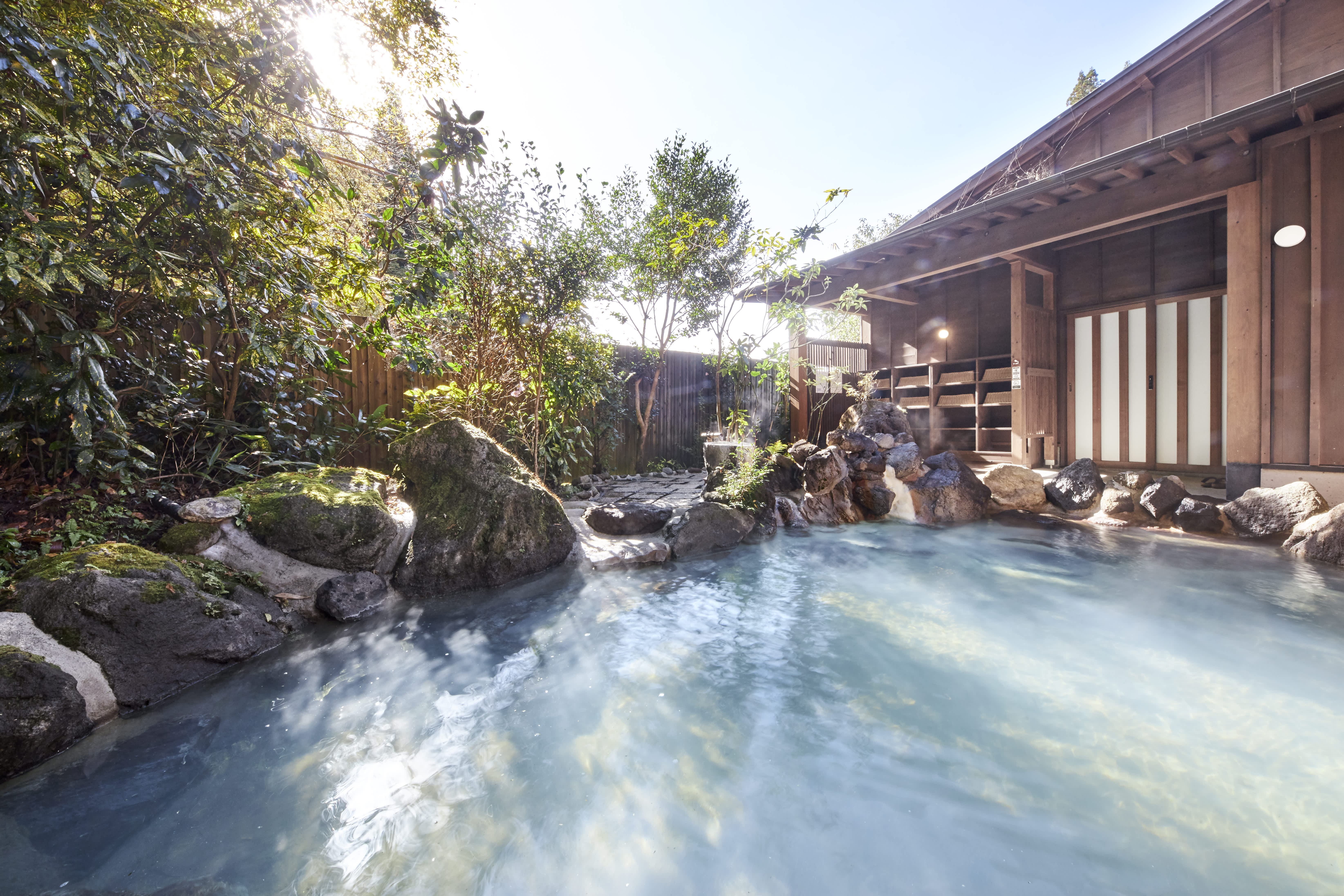
Do you wish to go to a rural hot spring town away from the hustle and bustle of city life? Then you must come to the serene and tranquil area of Kurokawa Onsen.
Accessible via a highway bus from Fukuoka City, Kurokawa Onsen is located in Aso, Kumamoto Prefecture, only a few kilometers away from Mt. Aso.
There are many public and private bathhouses here, as well as rotenburo or outdoor hot spring baths. Likewise, ryokan or traditional Japanese inns are available too. Because of the wide range of choices, some visitors do “rotenburo meguri” or a “tour of outdoor baths,” where they set off to try different baths while in town.
Kurokawa Onsen’s mineral-rich waters come from underground springs, hence, many believe that they have different healing properties.















































